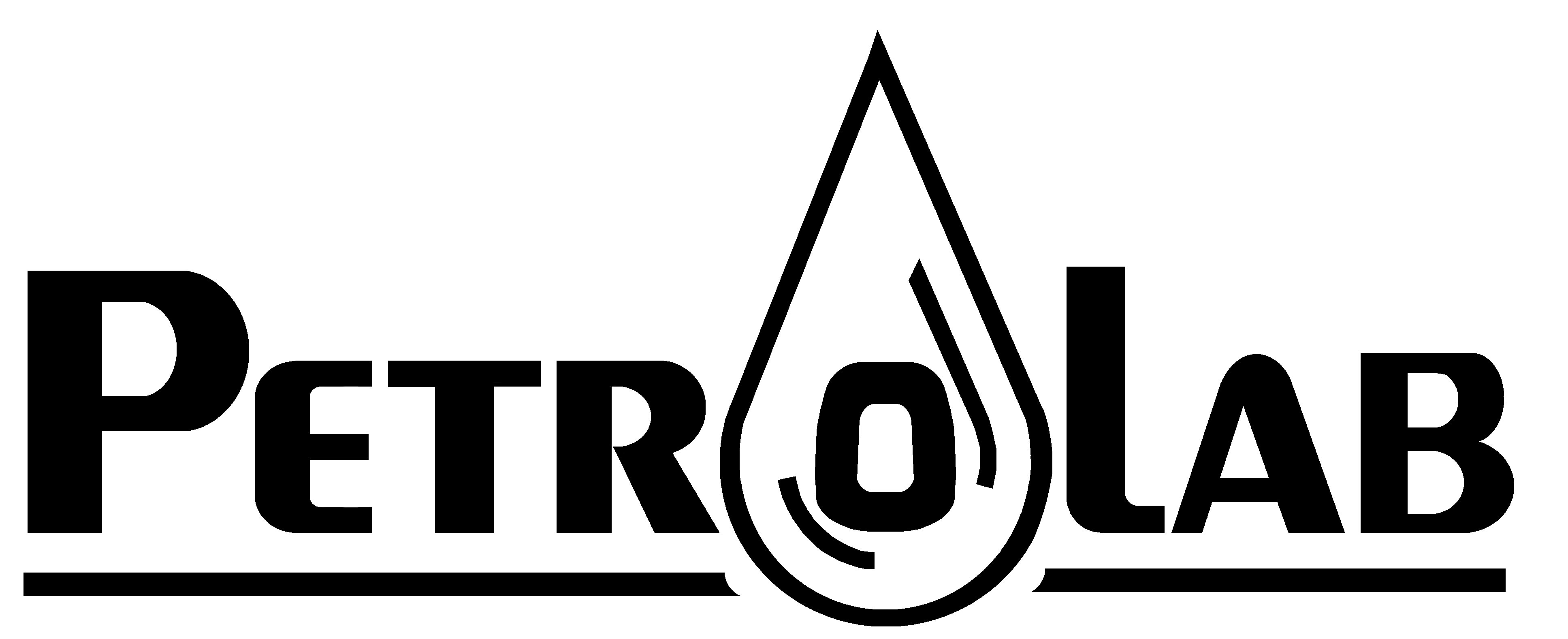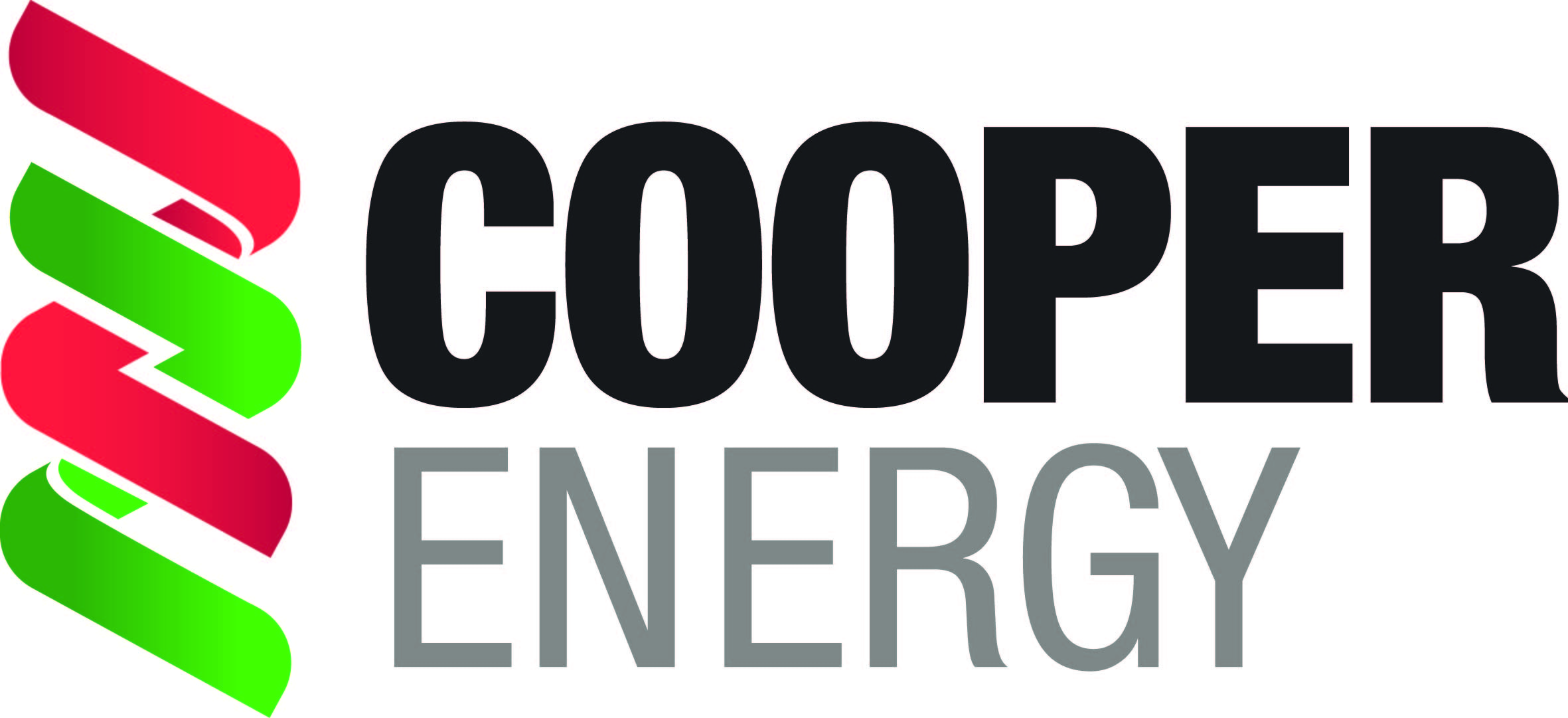« Click here to go back
PESA SA/NT July 2019 Technical Luncheon
|
Online registration for this event has closed
|
Description
PESA SA/NT July 2019 Technical Luncheon
Rowan Hansberry
Network Topology of a Fault-damage Zone: Towards Quantifying Permeability
All Tickets Sales Through the PESA Event Website
Abstract:
Predicting the interconnectivity and permeability of fractures at any scale remains a fundamental challenge in structural geology. Models which predict the likelihood of fracture opening based on their relation to the stress field can be applied at the 100s of metres to kilometre scale. Increasingly however, an understanding of how networks of the smallest-scale natural fractures permit fluid flow in the subsurface appears key to predicting and exploiting these pathways. Network topology has recently gained popularity in characterising networks of faults and fractures. This technique is relatively easy, provides a range of parameters to define various aspects of a fracture network, and is independent of the scale and geometry of the structures of interest. Most recently, this method has been applied to stochastic permeability models, to produce threshold values for topological parameters, above which a fracture network should theoretically, be able to percolate fluids. We apply network topology to a natural fracture network in the Eumeralla Formation at Castle Cove, Otway Basin, to analyse spatial variation in its potential permeability. Secondly, we compare this fracture network to fracture data from the Bellarine-1 wellbore image log which intersects 800 metres of the Eumeralla Formation, targeting it as a tight sandstone reservoir. Our results indicate that areas of the fracture network are above the percolation threshold. However, these areas appear relatively isolated until ~100 metres from the fault, where they become interconnected. The area of the fracture network less than ~60 metres from the fault is uniformly above the percolation threshold. Network topology of pseudo-wells through the Castle Cove section and fractures recorded in the Bellarine-1 image log illustrate the difficulty of applying this technique to such a spatially restricted dataset. Network topology provides a robust and novel method for assessing the intensity, interconnectivity, and potential to percolate fluids of a natural fracture network. It also effectively captures spatial variation in these properties, and particularly the influence of a regional-scale fault. Topological analysis of wellbore image log data is significantly hampered by the limited dimension of sampling; however, it can provide a reliable estimate of fracture intensity. To build on these results further case studies using network topology at a variety of scales and sampling dimensions is required before it can be used predictively.




